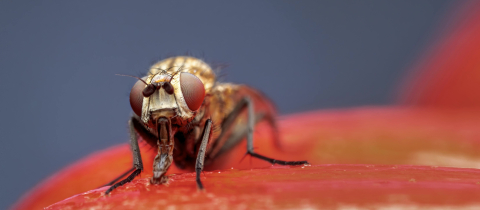Scarcely a day goes by without some scary story about glyphosate, the world’s most widely used herbicide. It is best known as the active ingredient in Monsanto’s “Roundup” which is used to kill weeds in fields planted with seeds that have been genetically engineered to produce crops that are resistant to glyphosate. Fields can be sprayed to kill weeds without harming crops. But glyphosate has many other applications as well. It is used to kill weeds in orchards, clear railroad tracks and eliminate weeds in urban settings. Glyphosate can also be sprayed between rows of grapes to prevent weeds from sucking up nutrients. Because of its extensive use, and the possibility of spray being spread by the wind, it is no great surprise that trace residues can be found in the environment. A recent study made headlines when residues were detected in all California wines tested. The appropriate scientific question to ask is whether these residues present any risk.
To evaluate risk the amount of residue detected has to be compared with the acceptable daily intake (ADI) as determined by regulatory agencies around the world. The ADI is based on animal studies, human epidemiological evidence and knowledge of how glyphosate is metabolized. As a general rule, a hundred fold safety factor is built into the ADI based on the maximum amount that causes no observed adverse effect in animals. The consensus is that an ADI of around 0.5 mg intake per kg body weight is supported by the available data. In other words, a 70 kg person can take in 35 mg glyphosate a day without the chemical causing any problem. In the wines tested, the maximum amount detected was 18 ppb, or 0.018 mg per Liter. This means that to approach the ADI someone would have to consume 35/0.018 or 1944 Liters! Furthermore, the 18 ppb was found in only one sample, all the others had at least 28 times less glyphosate. Of course, there are arguments that the ADI is not a reliable benchmark for risk because it does not emerge from studies on humans who have been exposed to known amounts of glyphosate for decades. The fact is that such studies cannot be carried out ethically or logistically. Indeed the ADI is a guess, but an educated one. Even if it were off by a factor of a thousand, which is most unlikely, it would still mean that one could consume 1.9 Liters of that single sample of wine with the 18 ppb residue every day without a worry. And let’s keep in mind that alcohol is a known carcinogen, so it is actually of greater concern than the trace residues of glyphosate in wine.







